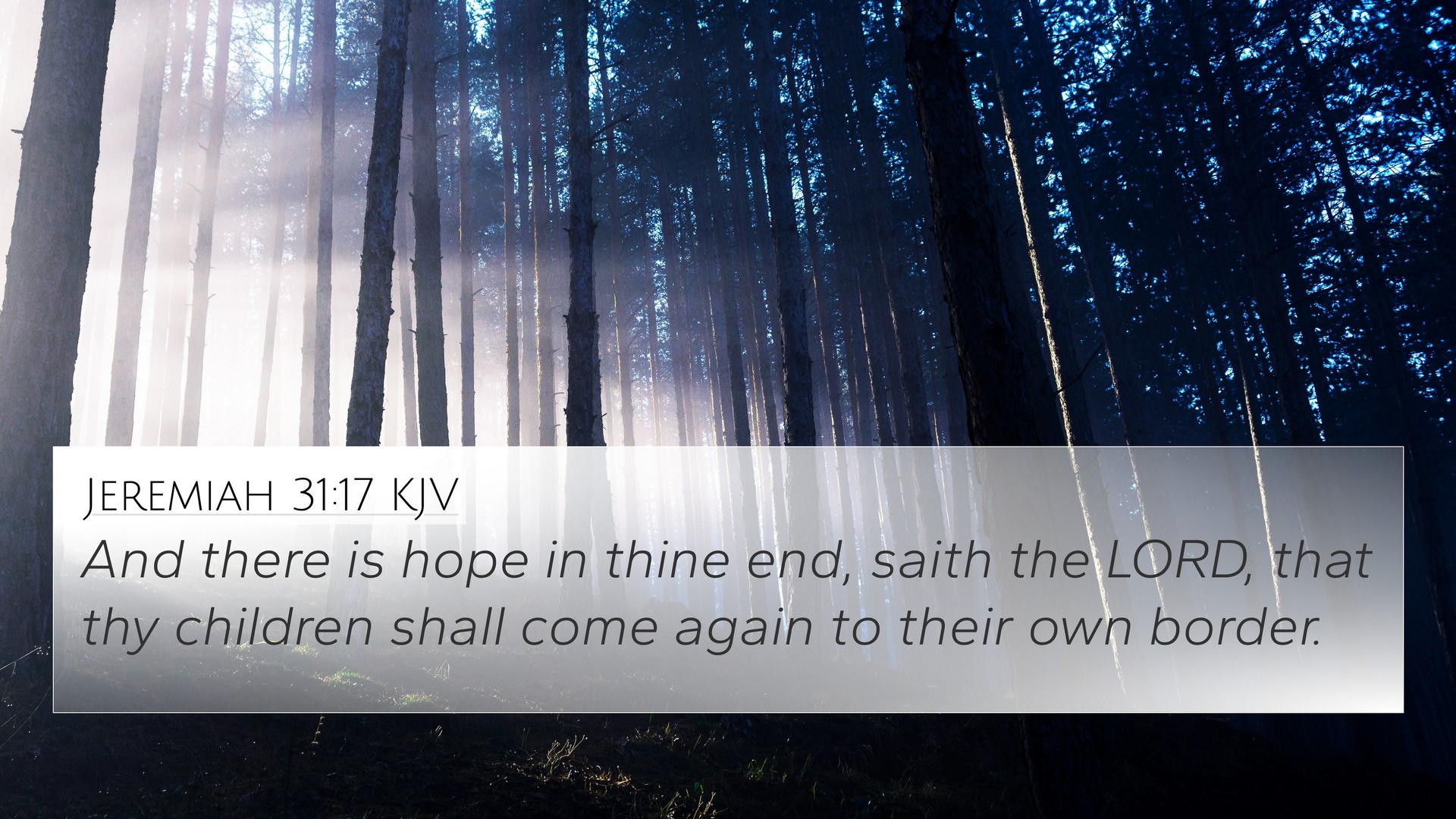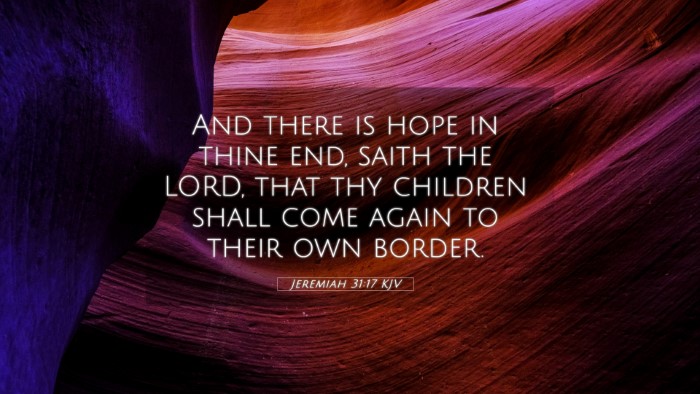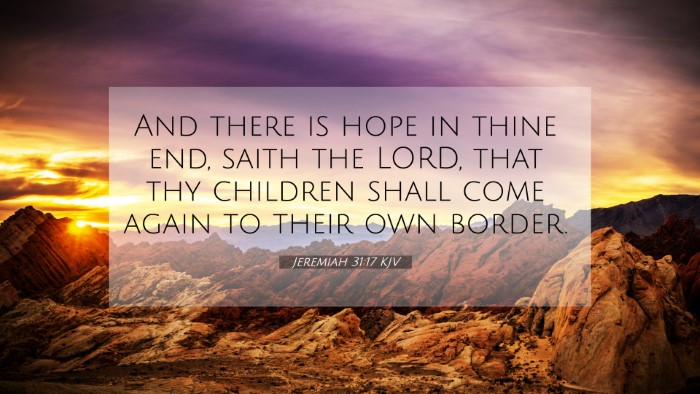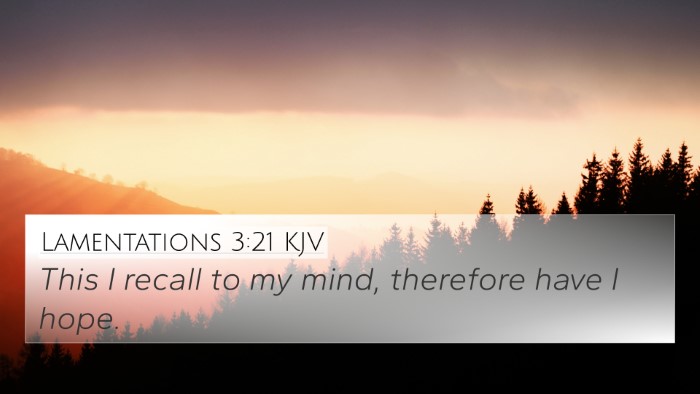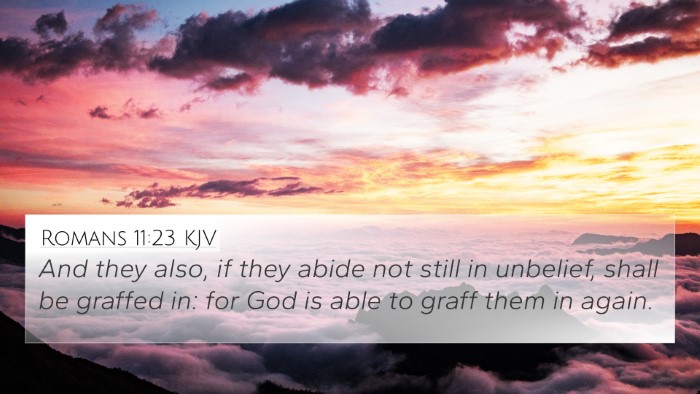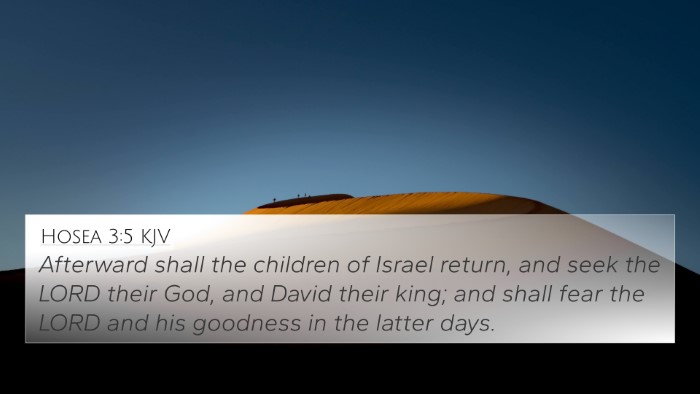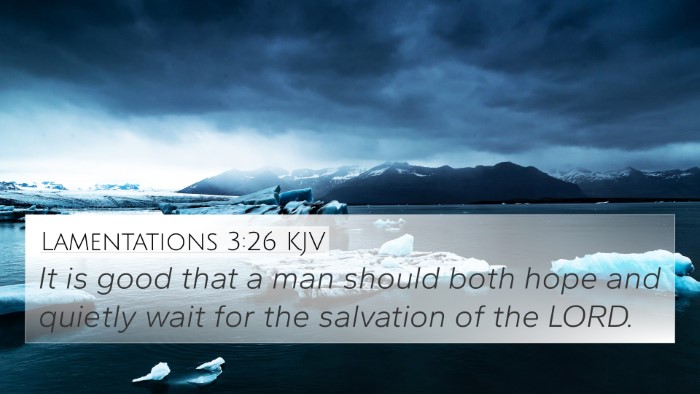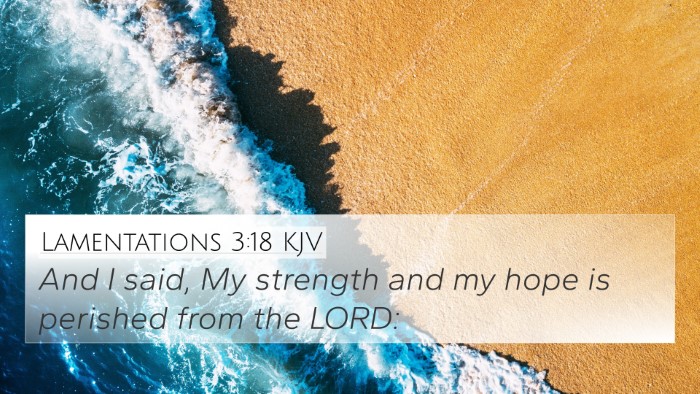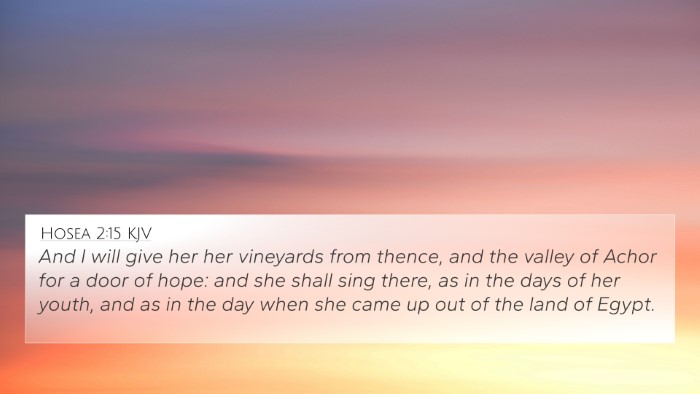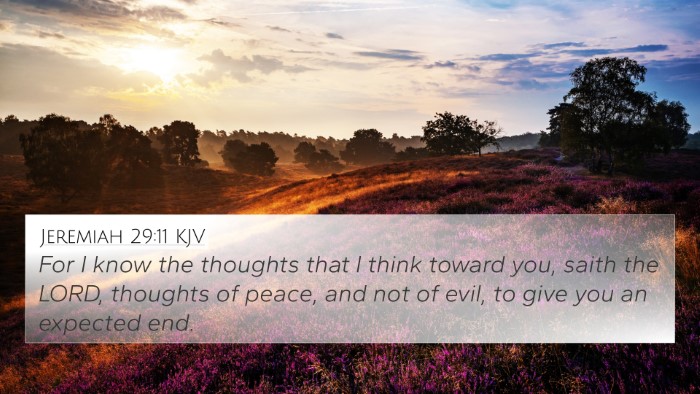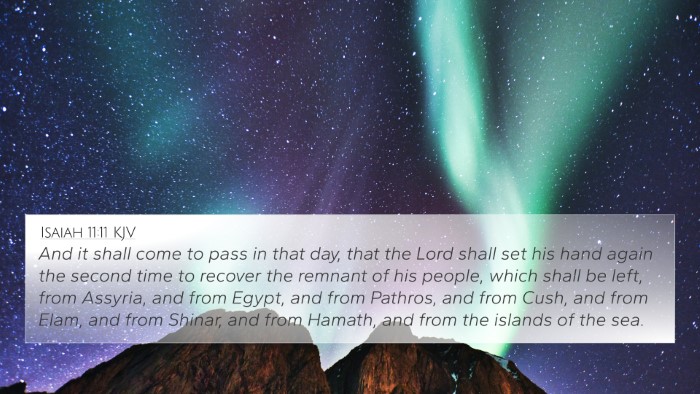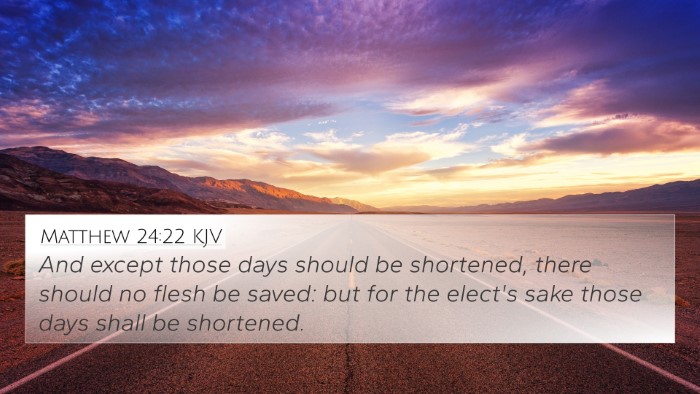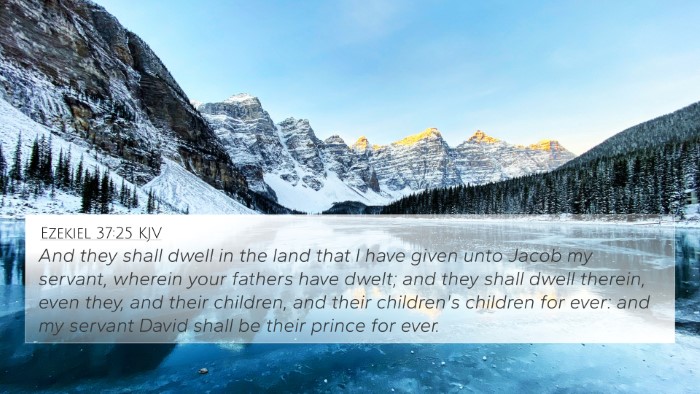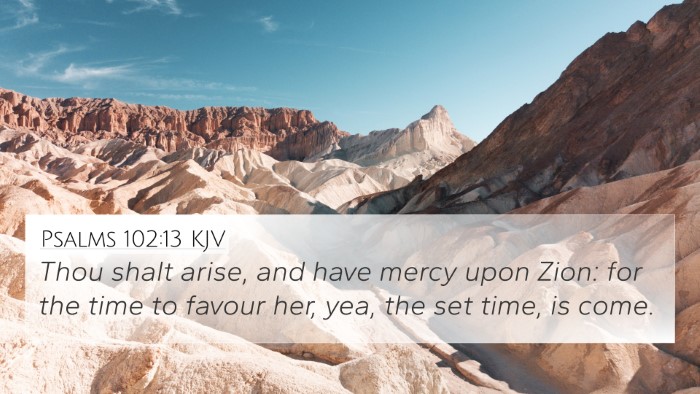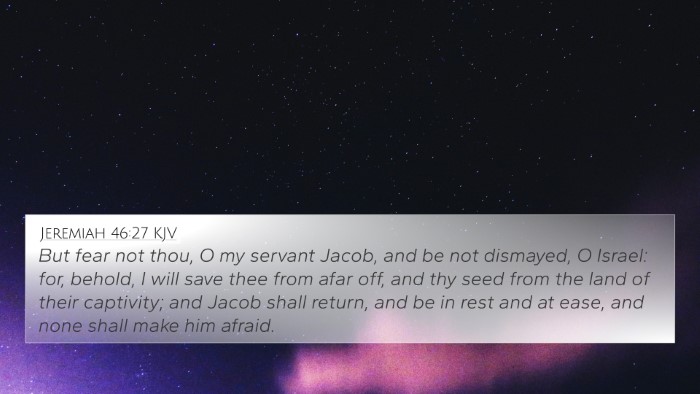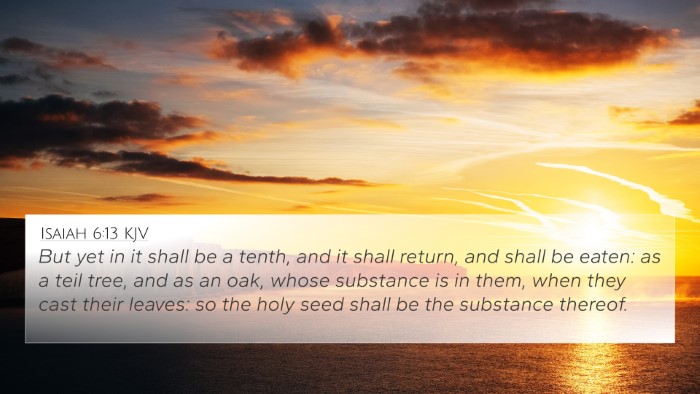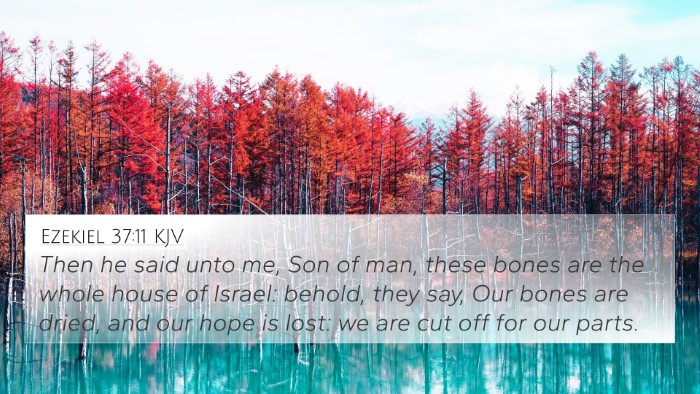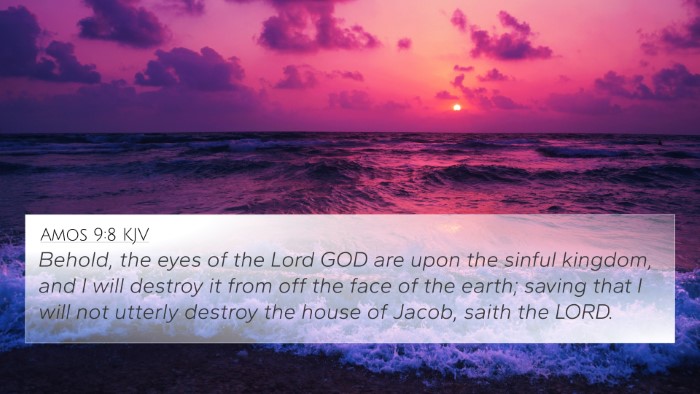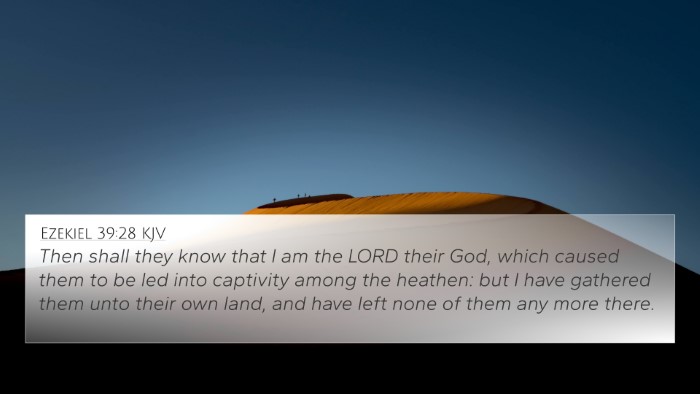Understanding Jeremiah 31:17
Jeremiah 31:17 states, "And there is hope in your future," declares the Lord, "that your children will return to their own territory." This verse is rich in meaning and speaks to the themes of hope, restoration, and divine promise. The context of Jeremiah's prophecy is crucial for a deeper understanding. It reflects a period of profound despair for the Israelites, yet it simultaneously offers a glimmer of hope for the future.
Context and Background
The book of Jeremiah deals extensively with the themes of judgment and restoration. In Chapters 30 and 31, God speaks comforting words to His people, assuring them that despite their current exile and suffering, there is a promise of return and renewal. As delineated by Matthew Henry, this hope is tied to God's covenant and His mercy towards His people.
Insights from Commentaries
Matthew Henry suggests that this verse is part of God's loving assurance. The hope mentioned is not just for individual families but encompasses the whole nation. It emphasizes that after suffering, there will be joy and reunion, a theme echoed throughout the scriptures.
Albert Barnes highlights the future hope for Israel, linking it to the eventual restoration of the nation. He notes that the return of the children to their own territory symbolizes spiritual and physical restoration, which is central to God's promises throughout the Bible.
Adam Clarke notes the emotional weight of this promise. He emphasizes the assurance that God gives to the people, indicating that their mourning will not last forever, and they will see a revival of spiritual life and national identity.
Cross-References
Jeremiah 31:17 resonates with several related verses, illustrating inter-Biblical dialogue and connections between themes of hope and restoration:
- Psalms 126:5-6: "Those who sow in tears shall reap in joy." This Psalm reflects the promise of joy following sorrow, mirroring the themes in Jeremiah.
- Isaiah 49:14-16: God reassures His people that He has not forgotten them, similar to the promises in Jeremiah.
- Ezekiel 36:24-28: This passage speaks to the restoration and cleansing of Israel, which complements the themes of hope and return found in Jeremiah.
- Matthew 2:18: This verse quotes Jeremiah, highlighting the sorrow of Rachel weeping for her children but emphasizes hope for future rejoicing.
- Romans 8:28: Paul assures believers that God works for the good of those who love Him, connecting with the assurance found in Jeremiah.
- Revelation 21:4: The promise of wiping away tears indicates the completed restoration of God's people in the New Heaven and New Earth.
- John 16:20: Jesus speaks of a time of sorrow that will turn into joy, paralleling the message of return and hope found in Jeremiah.
Thematic Connections
Thematically, Jeremiah 31:17 connects deeply with the ideas of:
- Hope: This verse assures believers that hope exists even in exile and despair.
- Restoration: The promise of return underscores the salvific work of God throughout redemptive history.
- Divine Love: This reflects God’s unyielding love for His people, even through discipline and punishment.
Practical Applications
For modern believers, the insights from Jeremiah 31:17 can serve as a reminder during difficult times:
- Finding Hope: Just as Israel was promised restoration, individuals can cling to hope irrespective of their circumstances.
- Anticipating God’s Promises: The trust in God’s faithfulness encourages believers to expect fulfillment of His promises.
- Encouraging Others: Sharing the message of hope found in this verse can bring comfort to those in distress.
Conclusion
In summary, Jeremiah 31:17 encapsulates a profound message of hope and restoration. The insights from well-respected commentaries illuminate its depth while connecting it to various scripture references that enrich our understanding. Cross-referencing these texts reveals a tapestry of God’s persistent love and promise of redemption, offering encouragement for both individual and communal spiritual journeys.
